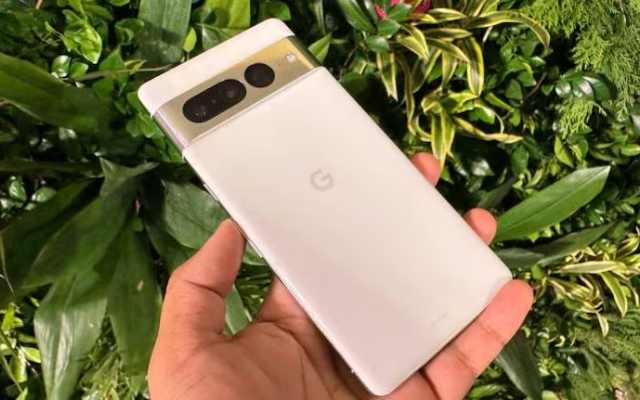Security flaw in Google Pixel Markup tool can reveal sensitive info

Google Pixel is a popular smartphone brand that has gained a reputation for providing top-notch security features to its users. However, recently, it was discovered that a security flaw in the Google Pixel’s Markup tool can reveal sensitive information. This flaw has raised concerns among users, and it is essential to understand the issue in detail to ensure the safety of personal information.
What is the Google Pixel Markup Tool?
The Google Pixel Markup tool is a built-in feature in the Google Photos app that allows users to edit and annotate their photos. The tool allows users to add text, drawings, and other markings to their pictures, making it an ideal option for people who want to add captions, notes, or other information to their images.
What is the Security Flaw?
The security flaw in the Google Pixel Markup tool was discovered by a security researcher named Mounir Hahad. Hahad found that when a user edits an image using the Markup tool and then shares it with another person, the original image’s metadata remains intact. This means that the recipient of the edited image can access the metadata, which can include sensitive information such as the location where the image was taken and the time it was taken.
How does the Security Flaw Work?
The security flaw in the Google Pixel Markup tool occurs because the tool does not strip the metadata from the original image when it is edited. When a user edits an image using the Markup tool, the app creates a new image file that includes the annotations made by the user. However, the original image’s metadata is still present in the new file, which can be accessed by the recipient of the edited image.
Why is the Security Flaw a Concern?
The security flaw in the Google Pixel Markup tool is a concern because it can reveal sensitive information to unintended recipients. For example, if a user edits an image that was taken at their home and then shares it with a friend, the friend can access the image’s metadata, which includes the location where the image was taken. This information can be used by malicious actors to determine the user’s home address, which can put them at risk of burglary or other crimes.
Similarly, if a user takes a picture of their credit card or other sensitive information and then edits the image using the Markup tool, the recipient of the edited image can access the metadata, which can include the date and time the image was taken. This information can be used by malicious actors to determine when the user is most vulnerable to fraud or other crimes.
How can the Security Flaw be Fixed?
The security flaw in the Google Pixel Markup tool can be fixed by updating the app to strip the metadata from the original image when it is edited. Google has acknowledged the issue and has promised to release a fix in the next update of the Google Photos app.
In the meantime, users can avoid the security flaw by not sharing images that have been edited using the Markup tool. Alternatively, users can use third-party apps that can strip the metadata from images before sharing them.
FAQ:
What is metadata, and why is it important?
Metadata is information about an image that is stored in the file’s header. This information can include the date and time the image was taken, the location where the image was taken, and other details. Metadata is important because it can provide valuable information about an image that can be used to categorize, search, and organize images.
Can other smartphones be affected by a similar security flaw?
While the security flaw in the Google Pixel Markup tool is specific to the Google Photos app, other smartphones can be affected by similar security flaws. The issue of metadata being left intact in edited images is not unique to the Google Pixel Markup tool, and users should be aware of the potential risks when sharing images that have been edited.
What can users do to protect their sensitive information?
Users can take several steps to protect their sensitive information when sharing images:
- Avoid sharing images that have been edited using the Markup tool until the security flaw is fixed.
- Use third-party apps that can strip the metadata from images before sharing them.
- Disable location services on the phone’s camera app to prevent location data from being stored in the image’s metadata.
- Be mindful of the images that are shared and ensure that sensitive information is not visible in the image, even if the metadata is stripped.
- Regularly update the phone’s software and apps to ensure that any security flaws are addressed promptly.
- How to Improve Your Cybersecurity: Best Practices and Tips
- How to Protect Your Apple ID With Security Keys
- How to increase your iPhone Privacy and security
Conclusion:
The security flaw in the Google Pixel Markup tool is a concern for users who value their privacy and security. The flaw allows recipients of edited images to access the metadata of the original image, which can include sensitive information. While Google has acknowledged the issue and promised to release a fix, users should take steps to protect their sensitive information in the meantime. By following the steps outlined above, users can reduce their risk of unintentionally sharing sensitive information through edited images.






